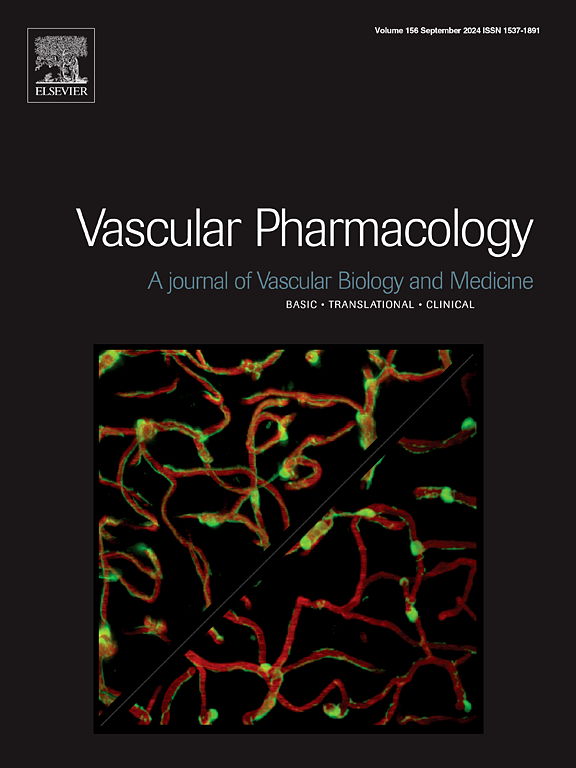阿霉素诱导的心脏毒性的转译方面:在过去的几十年里我们忽略了什么?
IF 3.5
3区 医学
Q2 PHARMACOLOGY & PHARMACY
引用次数: 0
摘要
蒽环类药物仍然是治疗具有剂量依赖性心脏损伤的恶性肿瘤的基础,从氧化应激和线粒体功能障碍到DNA损伤和铁中毒,并继续损害患者的预后。动物模型,包括啮齿动物、兔子、猪和非人灵长类动物,对于研究阿霉素(DOX)诱导的心血管毒性至关重要。急性模型有助于快速评估心脏损伤;然而,它们经常不能复制慢性人类心肌病。相比之下,慢性模型更准确地代表临床情景,但遇到后勤挑战。药物代谢、心脏生理和代偿机制的物种特异性变化进一步使外推复杂化。现有模型的主要局限性包括缺乏合并症,缺乏联合化疗方案,以及对性别和年龄特异性反应的代表性不足。解决这些挑战对于心脏肿瘤学中有效和个性化的心脏保护策略的发展至关重要。这篇综述探讨了dox诱导的心脏毒性的转化挑战,尽管几十年的研究,但这是心脏肿瘤学中新的心脏保护策略发展的一个关键限制。我们将阐明导致将体内实验结果转化为临床应用的困难的潜在因素。本文章由计算机程序翻译,如有差异,请以英文原文为准。
Translational aspects of doxorubicin-induced cardiotoxicity: What we have omitted for the past decades?
Anthracyclines remain the cornerstone of treatment for malignancies with dose-dependent cardiac damage, ranging from oxidative stress and mitochondrial dysfunction to DNA damage and ferroptosis, and continue to compromise patient outcome.
Animal models, encompassing rodents, rabbits, pigs, and nonhuman primates, are essential for investigating doxorubicin (DOX)-induced cardiovascular toxicity. Acute models facilitate rapid evaluation of cardiac injury; however, they frequently fail to replicate chronic human cardiomyopathy. In contrast, chronic models represent clinical scenarios more accurately but encounter logistical challenges. Species-specific variations in drug metabolism, cardiac physiology, and compensatory mechanisms further complicate the extrapolation. The primary limitations of existing models include the absence of comorbid conditions, lack of combination chemotherapy protocols, and underrepresentation of sex- and age-specific responses. Addressing these challenges is crucial for the development of effective and personalized cardioprotective strategies in cardio-oncology.
This review explores the translational challenges of DOX-induced cardiotoxicity, a critical limitation in the development of new cardioprotective strategies in cardio-oncology despite decades of research. We will elucidate the underlying factors that contribute to the difficulties in translating experimental in vivo results into clinical applications.
求助全文
通过发布文献求助,成功后即可免费获取论文全文。
去求助
来源期刊

Vascular pharmacology
医学-药学
CiteScore
6.60
自引率
2.50%
发文量
153
审稿时长
31 days
期刊介绍:
Vascular Pharmacology publishes papers, which contains results of all aspects of biology and pharmacology of the vascular system.
Papers are encouraged in basic, translational and clinical aspects of Vascular Biology and Pharmacology, utilizing approaches ranging from molecular biology to integrative physiology. All papers are in English.
The Journal publishes review articles which include vascular aspects of thrombosis, inflammation, cell signalling, atherosclerosis, and lipid metabolism.
 求助内容:
求助内容: 应助结果提醒方式:
应助结果提醒方式:


